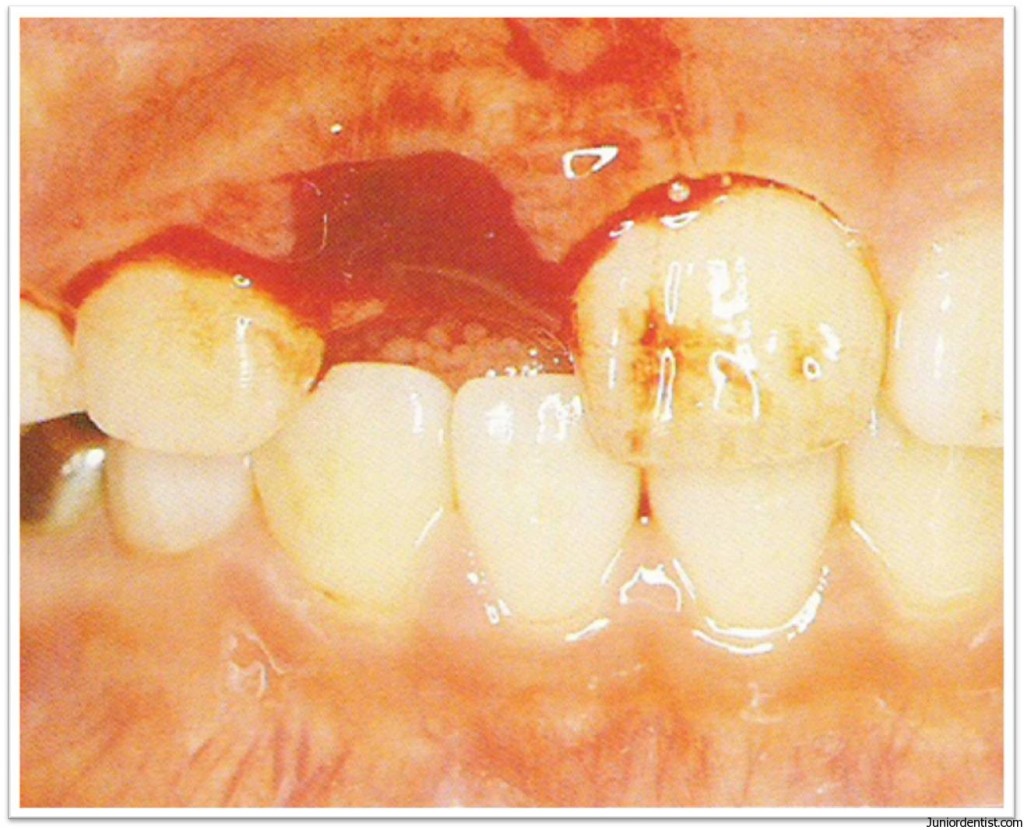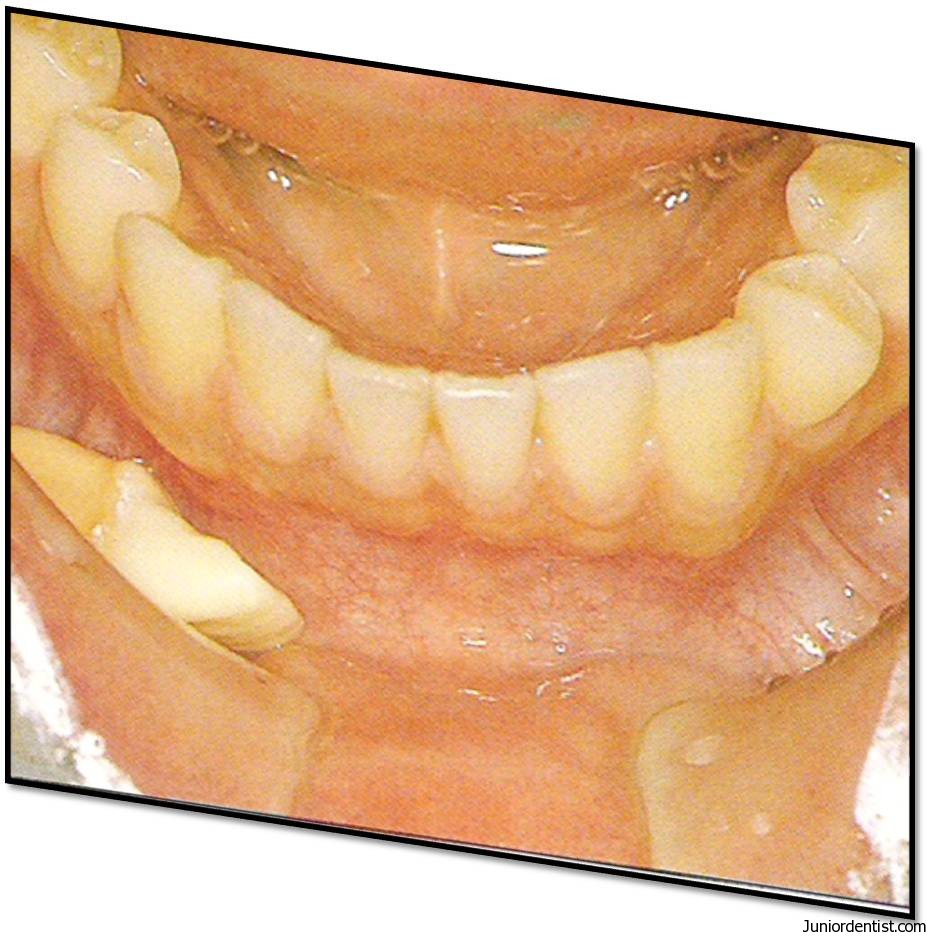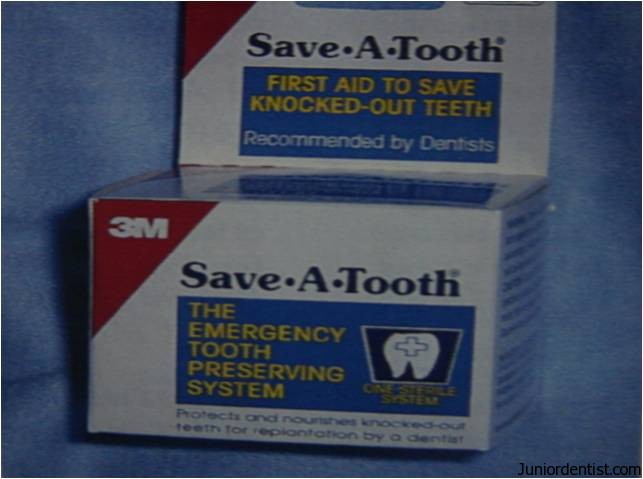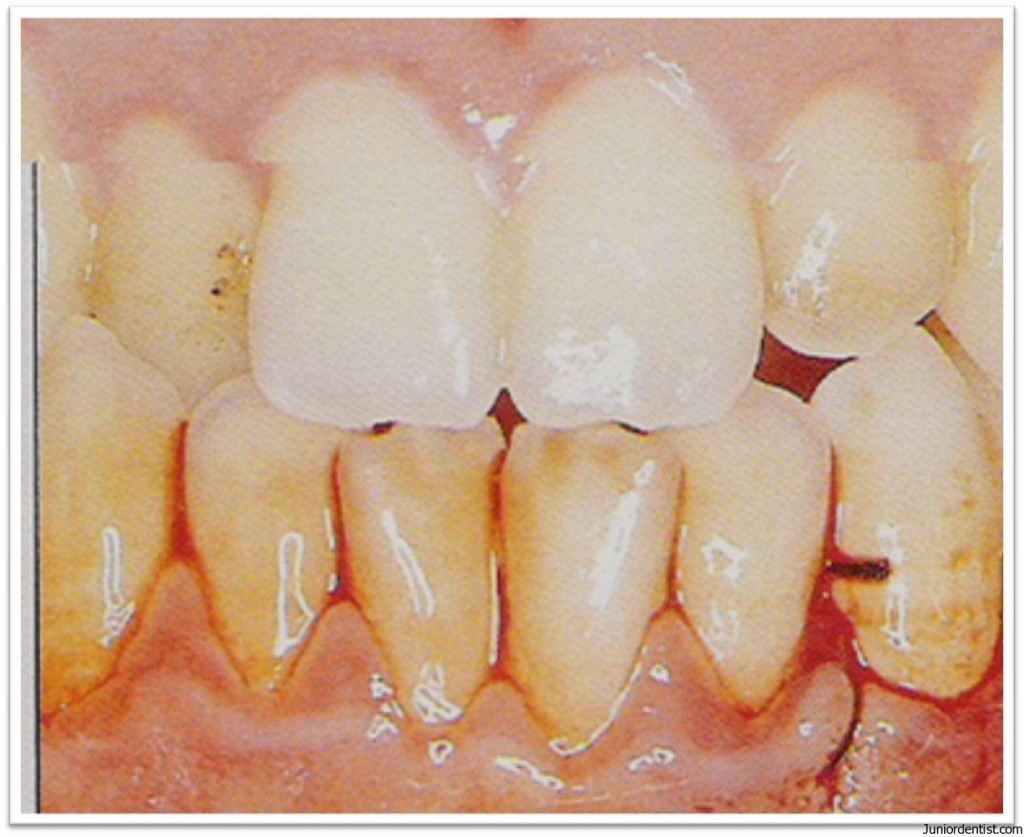Monday, November 12, 2012
Wednesday, November 7, 2012
Avulsion of tooth
Simple tips for every patient or parent to follow in case of Avulsion of tooth. Follow these steps and seek dental help as soon as possible with the tooth.
Detailed description of Avulsion of Tooth for Dentists and patient
Definition: Displacement of tooth totally out of the socket.
Some Facts about Avulsion:
- Ranges from 0.5 -16% of injuries in the permanent dentition
- 7-13% in the primary dentition
- Occurs most often in 7-9 yrs of age.
Etiology:
- Fights
- Sports injuries
- Falls against hard objects
- Accidents
Most Frequently Affected areas:
- Max. CI – Most affected.
- Lower jaw – seldom affected.
- Usually involves single tooth.
- Associated with lip lacerations and fracture of alveolar socket wall.
Treatment:
This is a true dental emergency because the treatment and prognosis are extremely time dependent.
The main Aim of Treatment Plan is Reimplantation.
Success of Reimplantation depends on:
- The success of reimplantation is inversely related to the storage material and the time the tooth is out of the mouth.
- Teeth reimplanted within 30 min have a good chance of surviving, whereas those reimplanted after 2 or more hours have a more limited survival.
The goals of reimplanting teeth:
- To maintain the viability of periodontal ligament cells
- The avulsed tooth should be without periodontal problems.
- To return the cells as close to normal condition as possible.
- Impede resorption of the tooth.
- Alveolar socket should be reasonably intact
- Extra-alveolar period should be considered.
Time within which the teeth should be Reimplanted:
- After avulsion, the pdl cells are cut off from their blood supply and their stored cell metabolites are depleted.
- So should be replanted within 60-120 mins. (Blanoff ,1981)
- After this time, pdl cells undergo necrosis & root resorption begins.
- Since teeth are rarely replanted within this time, biologic storage and protection from crushing of pdl cells is of paramount importance.
Storage Media (For Storing Avusled tooth before reimplantation )
- Saline
- Milk – Low fat milk preserved pdl cells better than whole milk.
- Saliva
- Oral vestibule
- Hank’s balanced salt solution
- Viaspan
- Propolis
- Tender coconut water
- Contact lens solution
Note: Storage of avulsed teeth in water and saliva has been shown to be damaging to the periodontal ligament cells, thus causing increased root resorption. (Andreason. Effect of extra-alveolar period and storage media upon periodontal and pulpal healing after replantation of mature permanent incisors. Int J Oral Surg,1981)
Steps to Follow before Reimplantation of Tooth into socket:
- If dirty, the tooth should be grasped by the crown and rinsed gently in saline, tap water or milk at the scene of the injury.
- Do not scrub off, brush the tooth or handle the root.
- Immediately place the tooth back in the socket and hold in place with light pressure en route to the treating facility.
- There is no need to physically debride the socket prior to replacement.
- Gentle saline irrigation will remove debris.
- If the tooth cannot be replaced at the scene, it should be stored in the buccal vestibule or floor of the mouth for transport.
- If this is not possible, the tooth should be stored in a cup with the Hanks Balanced Salt Solution (HBSS), the patient’s saliva, milk, saline or water. Do not wrap tooth in tissue, towel or foil or allowed to dry out.
Steps for Immediate Reimplantation Procedure:
- Preservation of the avulsed tooth.
- Cleansing of the avulsed tooth
- Cleansing of the alveolus
- Replantation & Splinting
- Endodontic treatment
- Splinting removal and final RCT
- Bleaching or Restorative treatment
Post Reimplantation measures to be taken:
- Once the tooth is reimplanted in a gently saline-irrigated socket, splint it to the adjacent teeth with a non-rigid or semi-rigid splint for 7–10 days.
- If a concomitant alveolar fracture is present, maintain the splint for 2–8 weeks.
- Longer splinting periods are required for more extensive fractures.
In a permanent tooth with an open apex that has been replanted 2hrs after avulsion:
- Radiographs and clinical exam should be performed in 3–4 weeks to look for evidence of pulpal pathology versus revitalization.If pathosis is noted, root canal therapy should be instituted immediately.
- The canal should be cleaned and filled with CaOH2 until apexification has occurred (usually 6–24 months).
- Then obturation with gutta percha is indicated.
For a permanent tooth with a partially to completely closed apex and less than 2 h dry time:
- The pulp should be removed in 7–14 days.
- The canal is cleaned and CaOH2 is placed.
- The new American Association of Endodontics guidelines recommend only 7–14 days of CaOH2 treatment and immediate obturation of the canal with gutta percha and sealer.
For permanent teeth with partially to completely closed apices and greater than 2 h extraoral time:
- Root canal therapy can be performed immediately.
- These teeth will eventually be lost to resorption but may be retained short term and are likely to ankylose.
- The tooth, once the canal has been extirpated extra-orally can be soaked in sodium fluoride solution to discourage resorption once reimplanted.
Do not replant primary teeth.
Antibiotic Prpphylaxis:
Consider tetanus prophylaxis and antibiotics (penicillin VK 500 mg QID, clindamycin 150–300 mg QID or erythromycin 250 mg QID) for 7–10 days and place the patient on a soft diet.
In Case of Delayed Reimplantation:
1. Cleansing & conditioning of the avulsed tooth
2. Extraoral endodontic treatment
3. Cleansing of the alveolar socket
4. Replantation and splinting
5. Treatment of resorbed replanted tooth
Subscribe to:
Posts (Atom)








